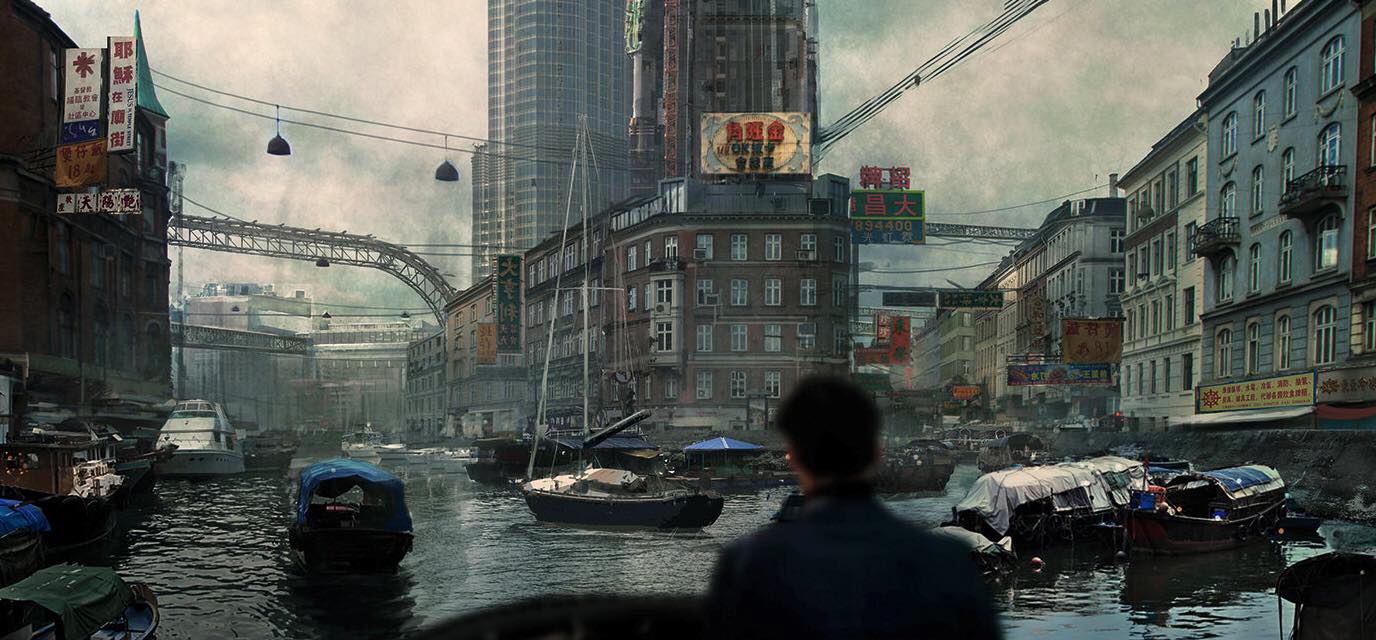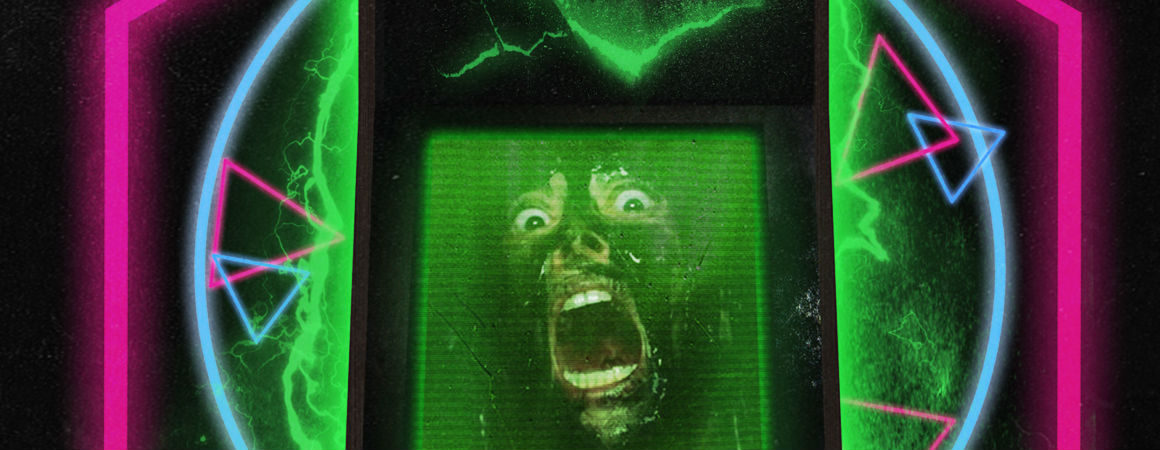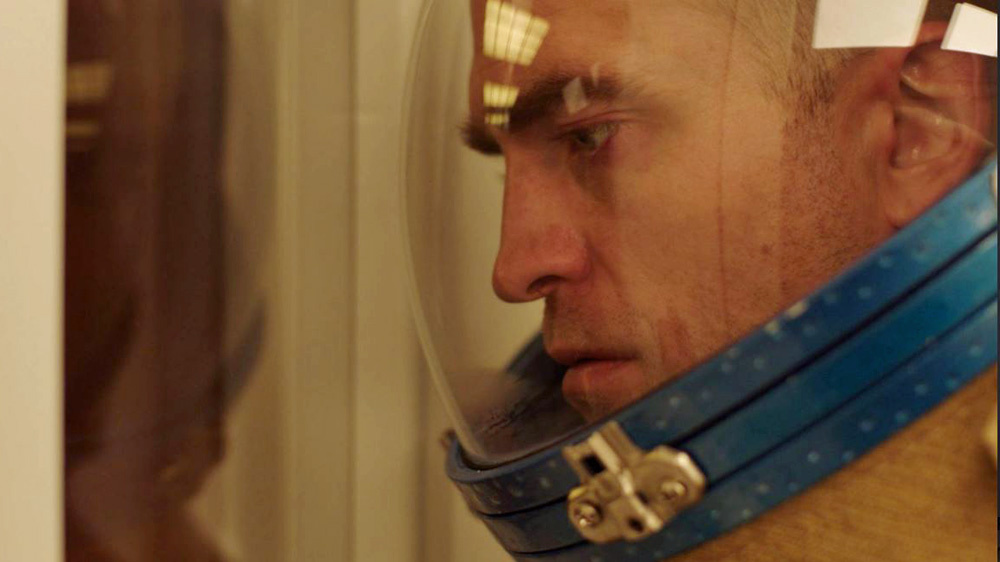6. Plus One (2013)

The classic and hyper-stereotyped teenage party movie is twisted in this overlooked sci-fi horror picture.
It’s summer. David (Rhys Wakefield) and Jill (Ashley Hinshaw) are going through a breakup. During this tense period, there’s a big party in town and David decides to go with his friend Teddy (Logan Miller), who tries to uplift him.
Just before the beginning of the house party, a strange meteorite falls from the sky in the town; its obscure power will destabilize and forever change the life of David, Jill, Teddy, and all the people invited to the party.
The premises will make you think about the classic ‘80s teenage movie, with all the typical characters: the athlete, the beautiful girl, the geek, the loser, and the rebel. Nevertheless, director Dennis Iliadis is able to distort this usual deja vu set of characters with a touch of science fiction. At the same time, he’s able to keep us glued to our seats thanks to the great screenplay, which sustains the entire movie set in one environment.
Without giving away the entire plot, we can say that the unexpected meteorite gives the movie the opportunity to explore the psychology of the main characters and understand better the behavior of all the young people involved in the party; they indeed symbolize a cutaway of a common generation of youngsters that we could find all over the world.
Don’t get fooled by the genre appeal of “Plus One”: there’s more substance there than you might think. A great movie – with a lot to say – that will become a cult film in the future.
7. Under Electric Clouds (2015)

Another Russian film; however, “Under Electric Clouds” is far more minimalist – in the style and the storytelling – than the hyperbolic “Generation P.” Through seven small episodes (all revolving around the ruins of a building never completed) director Aleksej Alekseevič German – son of the late Aleksei Yuryevich German, better known for “Hard to be God” (2013) – describes and analyzes the evolution of Russia after the collapse of the Soviet Union.
Gelid and rarefied, the science fiction aspect of the movie is only alluded to by the bare and dilapidated landscape and the news of a possible war. The unknown present derives from the broken past of Russian history; after more than 70 years of solid and steady government, the country is exposed to chaos and insecurity, due to political change.
The uncertainty and doubt about the future are cleverly expressed through the little episodes of the film; in this way, the political analysis is blended and mitigated with a humanistic touch.
Stylistically, the movie is slow paced and hypnotic. The cinematography is filled with shades of brown and grey – which recall the decaying of the certainties – and are rarely ripped apart by vibrant neon lights shots.
A meditation about the relationship between the change of history and the human condition.
8. QEDA (2017)

This movie is proof that a well-written and ingenious screenplay can overcome the difficulty of a low-budget sci-fi film. 2095. In a post-apocalyptic world, the majority of water is contaminated with high levels of salt; as a consequence, unpolluted water has become a very expensive first-necessity good.
However, there’s still a possibility to save the world and to remedy the catastrophic status quo. The Secret Service chief Fang Rung must travel back in time to 2017 using a scientific method that allows the division of one person in two communicating ones, and find the scientist Mona Lindkvist, authoress of a pioneering research that could save the Earth.
The movie tackles multiple themes and ideas. The predominant two are the analysis over the possible dreadful ecological future of planet Earth, and the psychological and emotional struggles of the main character, divided in two persons and in two different worlds.
The world portrayed in the future is totally collapsed; it’s dark and dangerous, overflowed by the excessive level of the oceans. These post-apocalyptic pictures – while they were seen as imaginative and fictional by past audiences – have much more figurative and impactful power today, since the condition of the planet is worsening. This is why, after many documentaries, director Max Kestner found normal a progression into a fictional yet possibly realistic movie.
When it comes to the main character, we find a divided man; not only physically divided, but also mentally and emotionally. His half finds himself in a complete different environment: fresh water is available, the colors are bright, the world is not dying, and happiness is still a possibility in daily life. This shock gives him an emotional displacement that makes him doubt his purpose and his mission. Not by chance, the English title for the movie is “Man Divided.”
This Nordic movie – a co-production by Denmark, Sweden and Finland – will make you think about your present and the choice to make for a better future.
9. Sequence Break (2017)

Oz works in a video game store, repairing vintage games. One day, he meets Tess and they start dating, soon after becoming a couple; at the same time, he finds a mysterious video game in the shop. Oz starts to play this game, but something bizarre and obscure happens. “Sequence Break” is an eulogy to the best side of the 1980s; it’s a movie about the nostalgic feeling of the director’s childhood.
When you watch the movie – especially the sequences with the enigmatic video game – the first thing that comes to your mind is David Cronenberg; his peculiar theme of the fusion between the human body and the machine is cleverly displayed in the picture. We can definitely say that “Videodrome” (1983) was a great inspiration for director Graham Skipper.
Coherently, the ‘80s vibe is magisterially conveyed by a great expressionist use of color in the cinematography: green and red neon lights are predominant, recreating the technological world of video games, and the electronic soundtrack that revisits the music of vintage games has a typical yet modernist ‘80s feel.
Even though the recall of the past is present and explicit, the first movie by Skipper doesn’t seem fake; it’s not the umpteenth attempt to capitalize on the insatiable desire of 1980’s nostalgia, as we are usually accustomed to in today’s cinema and TV.
Don’t get us wrong, the nostalgic feel is there – as we said earlier – but the spirit of the movie is genuine: the director took a part of his life and used it as a starting point for his creativity. For the lovers of sci-fi horrors, this is a must see indie movie.
10. High Life (2018)

A group of convicts – with death or life sentences – are given a second chance. They will be sent into outer space for a specific mission: to reach and cross a black hole to find a way to obtain energy from that special entity.
During the trip to the nearest black hole, Dibs (Juliette Binoche) – one of the convicts – starts to make scientific experiments on the rest of the crew, involving maternity and fertility, sometimes forcing them to obey her. We witness the deterioration of the relationship on board and its consequences, especially on Monte (Robert Pattinson) and on Boyse (Mia Goth).
The movie belongs to the so-called hard sci-fi genre, which is more complex and intellectual in comparison to the usual sci-fi. In fact, multiple themes are analyzed in “High Life,” from the organization of penitentiaries to abortion, dealing also with human sexuality and psychology.
Above all, we follow the evolution of a group of people that are not free; they were released from prison, but they continued to be convicted in the spaceship. Even though some of the death sentences were commuted, the possibilities that they survive the journey through a black hole are minimal, if not impossible. The inevitability of death is still present.
There is also a moral question the film asks the audience, regarding the acceptability of using convicts who broke the law and committed horrible crimes for scientific experiments, making them guinea pigs. Is it morally acceptable to utilize institutional violence and extreme duress against “bad people”? Will we become like them? Or even worse than them? We must personally answer these questions and deal with our choices. Lastly, a few words about the technical aspect: everything is impeccable, from the minimal soundtrack to the great camera movement.